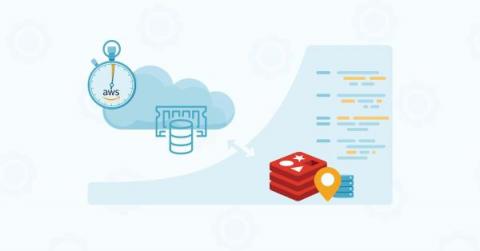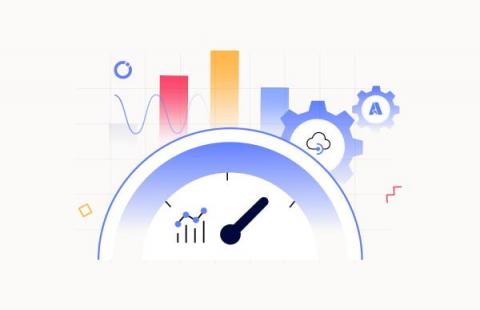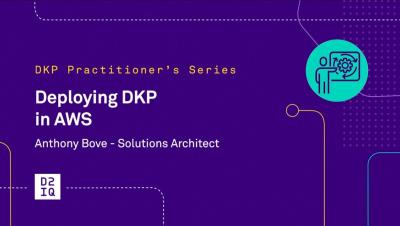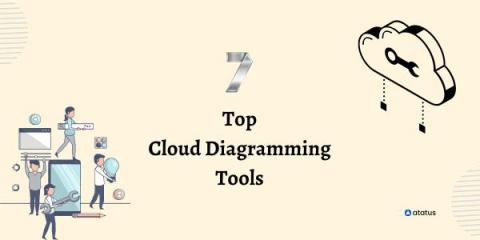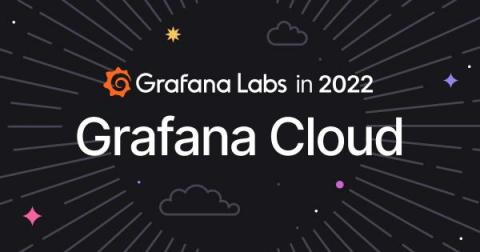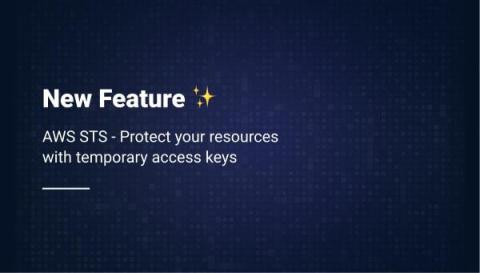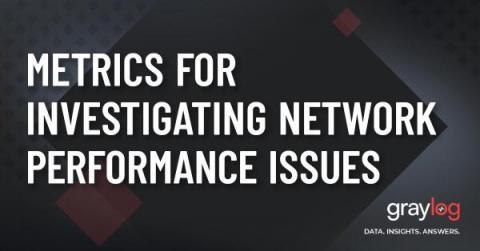Operations | Monitoring | ITSM | DevOps | Cloud
Cloud
The latest News and Information on Cloud monitoring, security and related technologies.
Choosing the Right PaaS System for Your Requirements
Optimizing BAM Performance with API Management
AWS: How to Deploy D2iQ Kubernetes Platform
Edge Computing vs. Cloud Computing and What It Means For Your Environment
7 Top Cloud Diagramming Tools
There has been so much uproar about cloud computing in recent years, mostly due to its scalability, capability, and accessibility. Cloud computing is designed to provide constant access to data and applications for users, allowing them to have high bandwidth. Cloud architecture pertains to the diverse components, such as servers, software functionalities, and software solutions, used by all businesses to harness the efficiency of cloud resources.
Grafana Cloud 2022: Year in review
With every new update and feature we introduced to our open source LGTM stack this year, we have also enhanced Grafana Cloud, our hosted offering that is powered by Grafana Loki for logs, Grafana for visualization, Grafana Tempo for traces, and Grafana Mimir for metrics. With Grafana Cloud, “we have curated the open source experience into an easy-to-use, opinionated, and integrated platform,” Grafana Labs VP of Technology Tom Wilkie said in the ObservabilityCON 2022 keynote.
Qovery now supports AWS STS: Protect your resources with temporary access keys
A Guide to On-Premises and Cloud-Based Cisco Networks
Metrics For Investigating Network Performance Issues
When the world went remote in March 2020, cloud technologies made work possible. Rapid digital transformation changed everyone’s jobs, whether in-office, remote, or hybrid. Today, your business relies on network speed for everything from productivity to customer service. Keeping your company’s services running means you need to make sure you have low-latency connectivity across data centers, users, and cloud.


